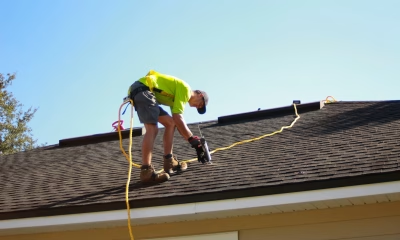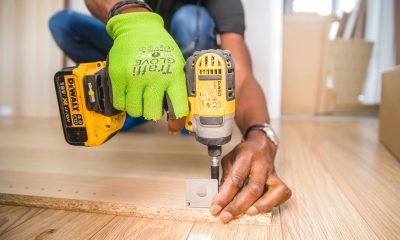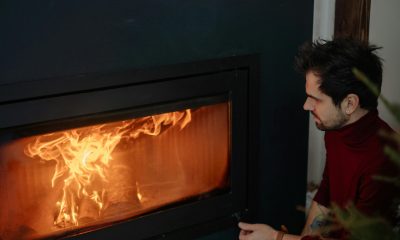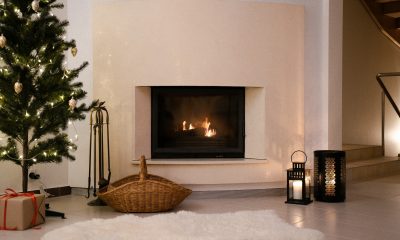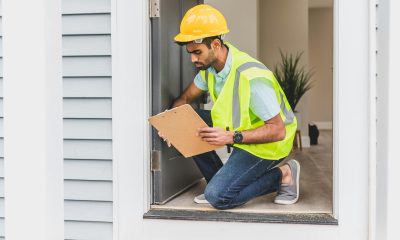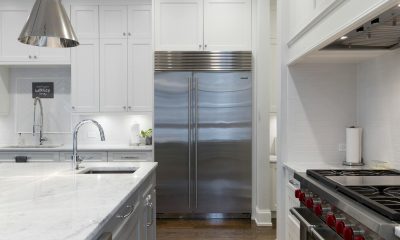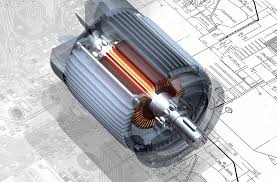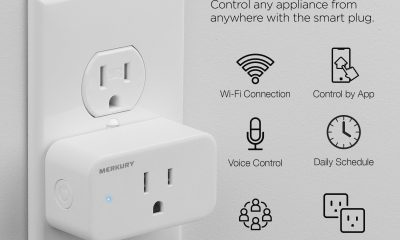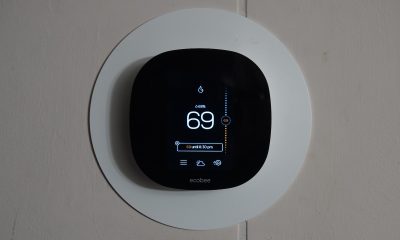Guides
Can’t Beat the Chill at Home? Here’s What Might Be Going Wrong
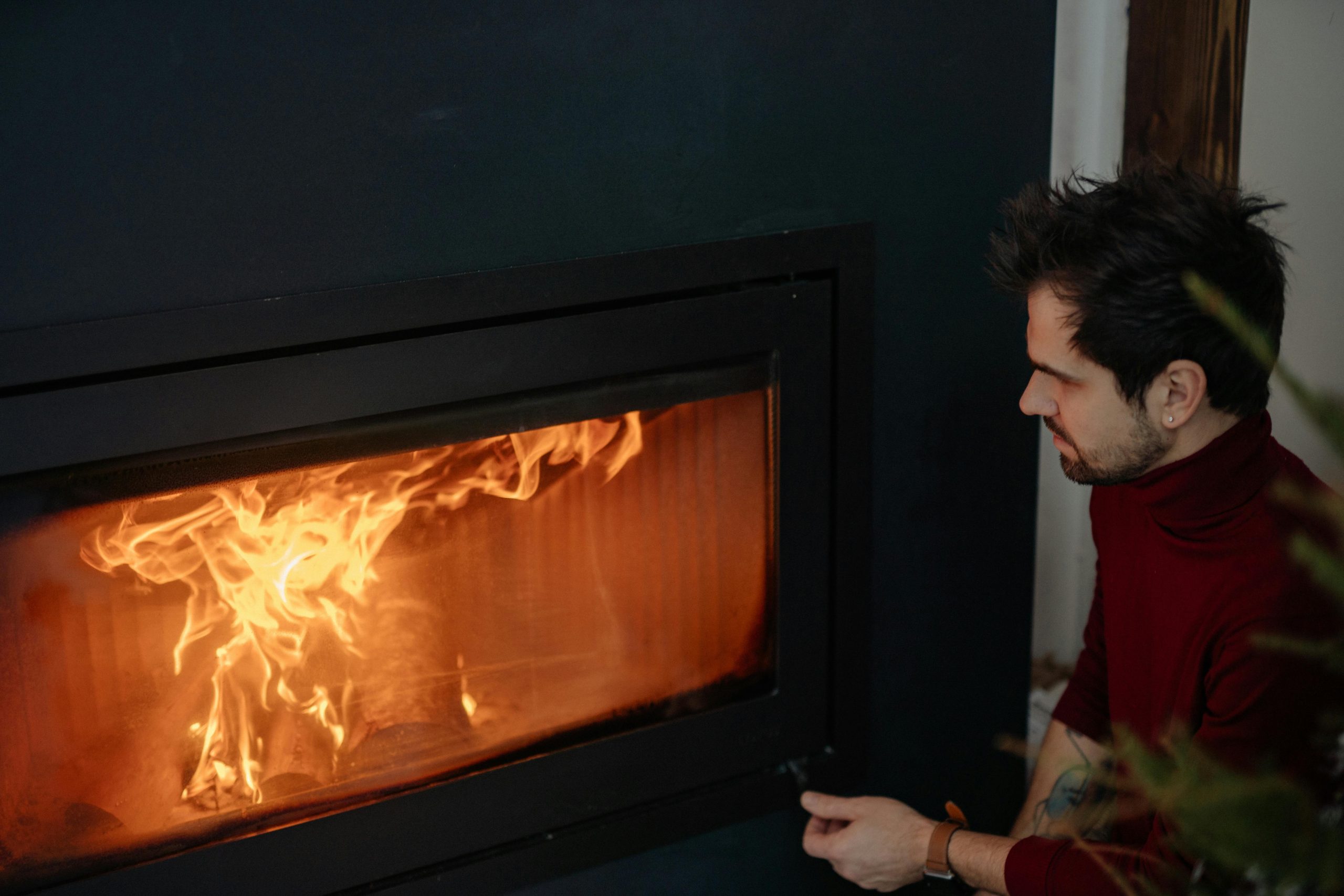
When winter sets in, it often exposes problems in your home you might not have noticed during the warmer months. Even in cities like Forsyth, GA, where winters aren’t brutally cold, temperatures can still drop low enough to make comfort a real issue. When that chill lingers inside despite your best efforts, it’s usually a sign that something isn’t working as it should.
If your house feels colder than it should, there are likely underlying issues that need attention.
This article will guide you through common reasons your home might be struggling to stay warm and what you can do to fix them before winter takes full hold.
Check Your Heating System
When temperatures in Forsyth, GA, drop below 35°F, your heating system becomes your home’s most important defense against the cold. A well-functioning furnace should provide steady, even heat without unusual noises, short cycling, or uneven temperatures between rooms. If you notice cool air blowing from the vents, weak airflow, or higher-than-usual energy bills, it’s time to have your system checked.
Regular maintenance and professional tune-ups ensure your system runs efficiently and safely. A qualified technician can identify issues early and prevent breakdowns when you need heat the most. Scheduling timely furnace repair in Forsyth, GA, not only keeps your home warm but also extends the life of your heating unit. Addressing small problems now can save you from costly emergency repairs later in the season.
Inspect for Drafts Around Windows and Doors
Drafts can make even the warmest rooms feel uncomfortably cold. Over time, weatherstripping and caulking can wear down, leaving small openings around windows and doors. These gaps allow warm air to escape and cold air to slip in, forcing your heating system to work harder.
To find these leaks, walk around your home on a windy day and feel for moving air around window frames, door edges, and baseboards. You can also use a candle or lighter to detect airflow—if the flame flickers, there’s a draft.
Replacing worn weatherstripping, applying new caulk, and adding door sweeps are simple, inexpensive fixes that can make a noticeable difference in your comfort.
Check Insulation in Key Areas
If your home feels colder than it should, the problem might lie in your insulation. Heat rises, which means a poorly insulated attic can cause significant warmth loss. Likewise, uninsulated basements, crawl spaces, or walls can allow heat to escape and cold air to enter.
Insulation acts like a thermal blanket for your home, trapping warm air inside and keeping outdoor temperatures from affecting indoor comfort. Older homes may have insufficient or outdated insulation that no longer performs well. Inspect these areas or hire a professional to assess insulation levels.
Adding or upgrading insulation in key spaces can improve comfort, reduce heating costs, and keep temperatures consistent throughout your home.
Evaluate Your Thermostat Settings
Sometimes, the problem isn’t with your heating system but with how it’s controlled. If your thermostat isn’t calibrated correctly or is placed in a poor location, it may not read your home’s temperature accurately. Avoid installing it near windows, vents, or heat sources, as these can cause false readings that make your system run inefficiently.
Upgrading to a smart thermostat is a simple way to maintain better control. These devices learn your schedule and automatically adjust temperatures for maximum comfort and energy savings. Setting your thermostat to lower temperatures when you’re away and raising it before you return home helps reduce energy waste while keeping your living spaces cozy when needed.
Look for Ductwork Leaks
If your home’s heating system runs smoothly but certain rooms stay chilly, you might be losing heat through leaky ducts. The ductwork that carries warm air throughout your home can develop small holes, loose joints, or disconnected sections over time. Even minor leaks can cause a major drop in heating efficiency, forcing your system to work harder while you still feel cold spots around the house.
To check for issues, inspect visible ducts in your basement, attic, or crawl space. If you feel warm air escaping or see dust streaks around seams, it’s a clear sign of leakage. You can seal small gaps with foil-backed tape or mastic sealant, but for more complex systems, professional duct sealing is worth the investment. It helps maintain consistent temperatures while reducing energy waste and improving indoor air quality.
Assess Your Windows for Energy Efficiency
Your windows play a huge role in keeping warm air inside. Older or single-pane windows often allow heat to escape, making your heating system work overtime. Even if they look fine, they might lack proper insulation. Adding storm windows or using double-pane replacements can drastically improve thermal efficiency.
If replacing windows isn’t an option, there are still effective ways to minimize heat loss. Thermal curtains, plastic window film, or insulated blinds can create an extra barrier between your home and the cold outdoors. When drawn at night, these coverings help retain heat, and when opened during the day, they allow sunlight to naturally warm your space. Taking these small steps can help balance comfort and cost without a major renovation.
Consider the Age and Efficiency of Your Heating System
Even with perfect insulation, sealed ducts, and no drafts, your heating system itself could be the source of the problem. Most furnaces and heat pumps have a lifespan of around 15 to 20 years. As they age, they lose efficiency, produce less heat, and consume more energy. If your system requires frequent repairs or struggles to maintain consistent warmth, it may be time to upgrade.
Modern heating systems are designed to deliver more warmth using less energy. High-efficiency furnaces, variable-speed blowers, and heat pumps with smart features can all make a major difference in comfort and cost. Replacing an outdated system might seem like a big expense upfront, but the savings on energy bills and the peace of mind of reliable heating make it a worthwhile investment.
When the temperature drops, your home should feel like a warm retreat, not a chilly challenge. Addressing these simple but essential areas ensures that your home remains cozy, energy-efficient, and ready for winter’s coldest nights. Every small fix contributes to a greater sense of well-being inside your space.
Ultimately, these upgrades enable you to enjoy steady warmth, quiet peace, and the confidence that you’ve created a place built for comfort, no matter the weather.
-
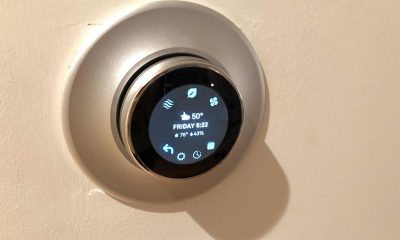
 Gadgets3 years ago
Gadgets3 years agoDoes Nest Thermostats Contain Cameras Or Microphones? Is It Safe For you?
-

 Guides1 year ago
Guides1 year ago10 Best Apps To Control All Your Smart Home Devices.
-
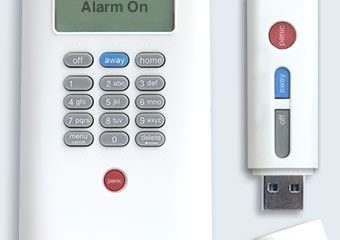
 Gadgets3 years ago
Gadgets3 years agoWhat Is The Purpose Of Red Button On The SimpliSafe Keypad?
-

 Gadgets3 years ago
Gadgets3 years agoComplete Guide About Equalizer settings for Samsung-Soundbar
-

 Accessories2 years ago
Accessories2 years agoBlink Camera’s Temperature Sensor Settings, and More
-

 Gadgets3 years ago
Gadgets3 years agoFitbit Symbols Meaning: What Do The Fitbit Icons Mean?
-

 Solutions3 years ago
Solutions3 years agoWhy is My Samsung TV Picture So Dark? Exploring the Possible Causes
-

 Accessories2 years ago
Accessories2 years agoCan Siri Control Samsung Televisions And Are Samsung TVs Homekit Compliant?








